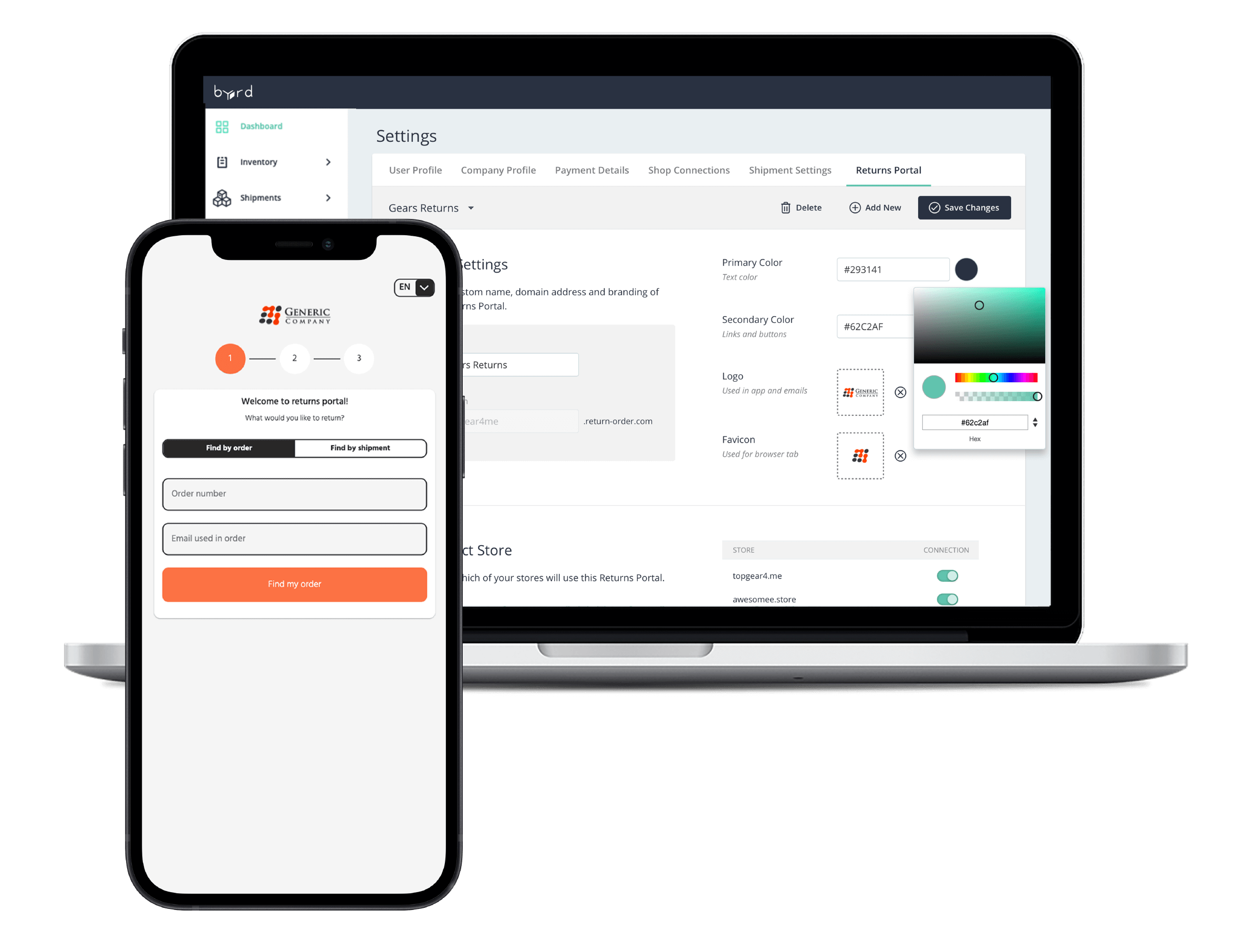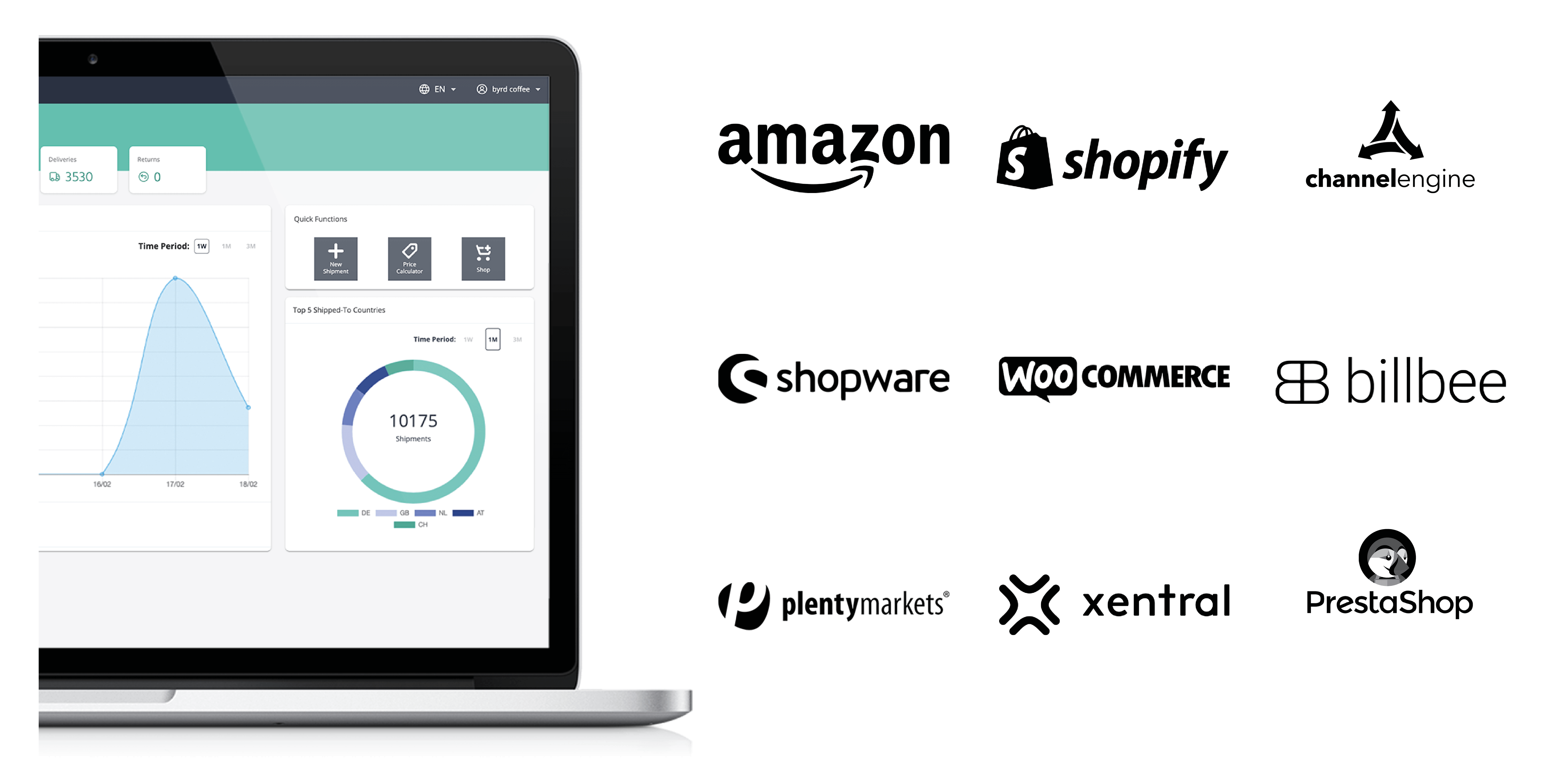Peak Season Logistics in 2025: Fulfillment, Inventory & Returns Best Practices for E-Commerce
Table of Content
As the peak season approaches, e-commerce businesses face a familiar but evolving dilemma: how to scale operations briskly without sacrificing service quality. Between promotional peaks (Black Friday, Cyber Monday, holiday sales) and rising consumer expectations for fast, sustainable delivery, the stakes are higher than ever.
In Europe, B2C e-commerce turnover rose from ~€765 billion to ~€819 billion in 2024 (a ~7% year-on-year increase), and growth of ~7% is projected again for 2025.
To thrive in this context, you need more than brute force, you need smart strategy. This guide shows you how to leverage 3PL fulfillment, optimize inventory, refine shipping & returns, and build retention and growth pathways for a strong peak season in 2025.
Outsourcing Fulfillment to a 3PL During Peak Season
Outsourcing to a third-party logistics provider (3PL) remains a strategic lever for scaling during Q4, but it’s not automatically the right call in every situation. Here’s what’s changed and what to watch for:
Benefits
- Scalability & flexibility: 3PLs can ramp labor, warehousing, and shipping capacity to absorb seasonal spikes without you having to invest in fixed assets.
- Technology & network access: Many 3PLs now offer real-time dashboards, API integrations, predictive analytics, multi-node fulfillment, and exception alerts.
- Geographic reach & cross-border infrastructure: A mature 3PL can help you distribute inventory closer to end-markets, reduce transit time, and manage customs/VAT complexity.
- Cost sharing & risk mitigation: Leveraging shared infrastructure can reduce unit costs in high-volume periods.
Trade-offs & risks
-
Loss of direct control: You need strong SLAs, transparency, and escalation mechanisms.
-
Minimums or fixed cost constraints: Some 3PLs impose minimum volume or storage commitments. If you're selling low volumes, that might not be the best option for you.
-
Integration overhead: Data, system compatibility, and real-time sync (orders, returns, inventory) need careful setup.
Recent trends
-
In 2025, the 3PL model is evolving, with 89% of shippers reportedly viewing 3PL partnerships as successful, and many are expanding the scope of outsourced services.
- 3PL providers increasingly embed AI, IoT, and robotics into their offerings to boost throughput, reduce errors, and offer predictive capacity scaling.
Best practicefor working with a 3PL
Effective communication and coordination with your 3PL is crucial. Here’s what you can do:
- Provide Accurate Forecasts: Share sales forecasts and updates on product launches at least a month in advance to help your 3PL allocate resources efficiently.
- Coordinate Campaigns: Inform your 3PL about upcoming campaigns and new market launches to ensure seamless execution.
Maintain Regular Communication: Around 73% of shippers interact with their fulfillment company daily or even hourly during peak season to keep operations smooth and address issues promptly.
Streamlining Inventory Management
Effective inventory management is crucial for peak season success. Here’s what you can do:
Inventory Management Tips
- Set Reorder Points: Define specific stock levels at which you receive notifications to reorder inventory. By setting these points and understanding the lead times for each SKU, specifically for your top-selling items, you can maintain optimal stock levels, prevent stockouts, and ensure timely replenishment.
- Bundle Products: Combine items to minimize excess inventory.
- Utilize Demand Forecasting: Predict future sales to ensure you have the right amount of stock.
- Align S&OP: Plan, coordinate, and prepare for campaigns and peak periods.
Listen to our podcast episode about optimizing inventory management.
Offering Flexible Shipping Solutions
Shipping is critical for both profitability and customer satisfaction. Here are some top tips for peak season success:
- Select Suitable Shipping Methods: Choose the right carrier and service based on your products’ dimensions, weights, and specific requirements (e.g for dangerous goods, lot tracking, serial number tracking, etc).
- Use Multi-Carrier Shipping: Leverage multiple carriers to find the most cost-effective rates based on the recipient’s destination.
- Enhance Checkout with Flexible Shipping Options: Improve conversion rates by offering a range of shipping choices during the checkout process. Provide customers with various shipping methods to match their preferences for speed, cost, and delivery reliability, ensuring a smoother and more satisfying purchasing experience.
- Offer Climate-Neutral Shipping Options: Provide customers with the choice of climate-neutral shipping to minimize the environmental impact of their orders. This option not only supports sustainability but also enhances customer satisfaction by aligning their purchases with eco-friendly practices.
Optimizing the Returns Process
The surge in orders during peak season often leads to a spike in returns. Here’s how to handle it efficiently:
Returns Management Tips
-
Offer Self-Service Returns: Simplify the returns process for customers, by enabling customers to initiate and manage returns online. Provide a user-friendly interface for creating return requests, printing labels, and tracking return status, making the process more convenient and transparent.
-
Extend Returns Period: Allow returns to arrive after the peak season to manage volumes better.
-
Provide Clear Return Instructions: Offer detailed and easy-to-follow guidelines for returning items to ensure accurate processing. This clarity helps customers return products correctly, facilitating efficient handling at the warehouse and ensuring prompt refunds or exchanges.
-
Utilize an Efficient WMS: Ensure your Warehouse Management System can process returns swiftly and accurately. This allows for timely restocking of items and updates inventory levels, which supports quick refunds to customers and helps maintain optimal stock levels for future sales.

Improving Customer Retention
Turning first-time shoppers into repeat customers is key to sustainable growth. Focus on optimizing the post-purchase experience:
Retention Tips
- Timely Fulfillment: Ensure orders are delivered on time.
- Hassle-Free Returns: Offer prepaid return labels and a straightforward process.
- Creative Packaging: Enhance the unboxing experience with premium packaging.
- Incentivize Repeat Purchases: Include discount codes for first-time buyers.
- Real-Time Order Tracking: Provide shipment updates via email or a branded tracking page.
Exploring New Growth Opportunities
Diversifying sales channels is essential for growth. Here’s how to succeed in marketplaces:
Marketplace Strategy Tips
- Utilize an Integration Software: Streamline operations across multiple platforms.
- Partner with a 3PL: Leverage the expertise of fulfillment providers that are experienced in marketplace and multi-channel e-commerce to meet marketplace requirements.
- Maintain Consistent Branding: Ensure a cohesive brand presence across all channels.

Conclusion
Effectively managing operational challenges and seizing opportunities during this peak season is crucial for your e-commerce business. A tailored plan that aligns with your sales strategies, products, and company goals is achievable. Consider partnering with a 3PL like byrd to enhance your fulfillment capabilities and achieve peak season success. Don’t hesitate to contact our team for more information.
By leveraging these tips, you can master the peak season, delight your customers, and drive significant growth for your e-commerce business.